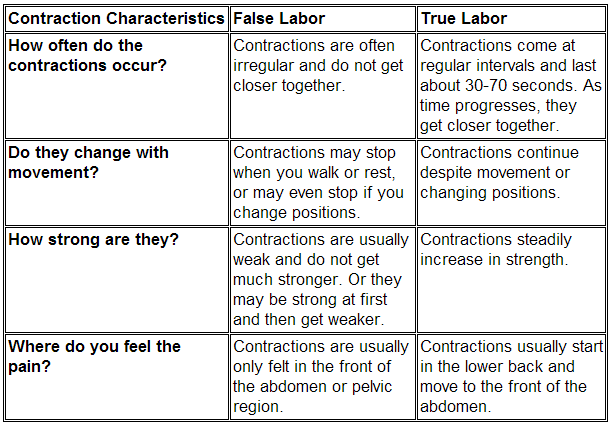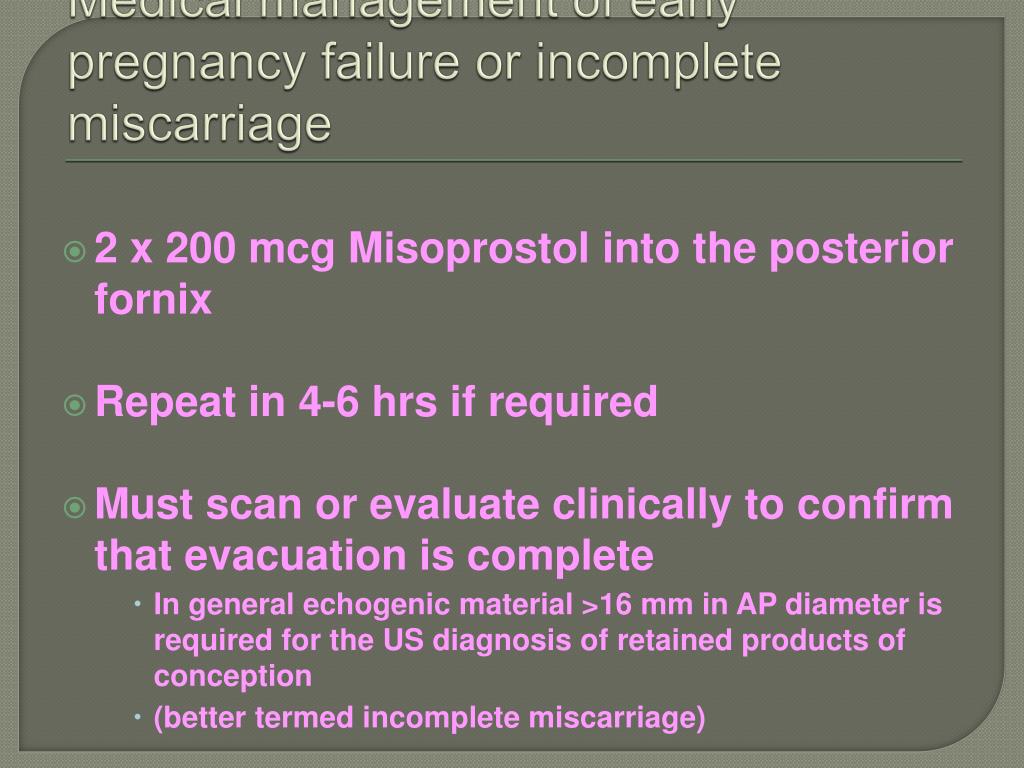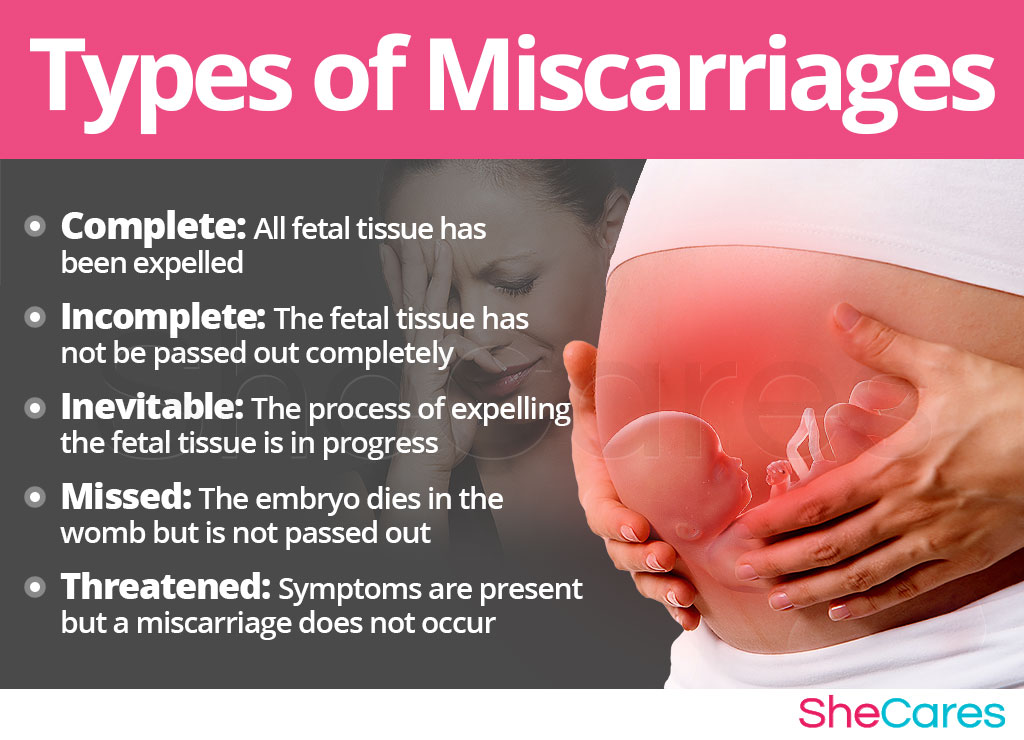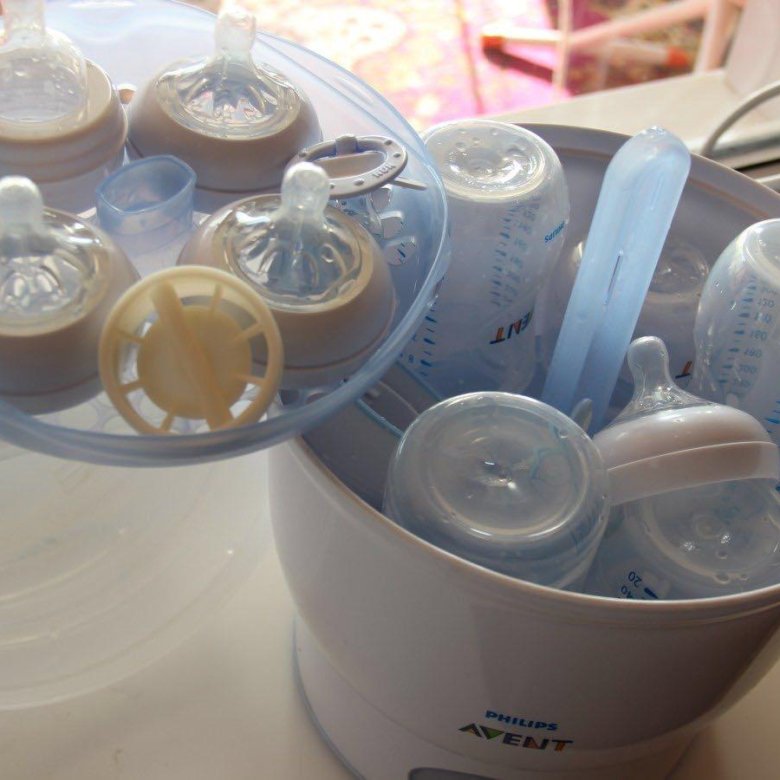Vomiting during childbirth
What No One Tells You About Labor And Delivery
Jump to Cookie ConsentSkip to main content
Whether you're having your first baby or your fifth, every birth experience is different. You're probably banking on pain, contractions and indescribable emotions. But a number of things can happen during labor and delivery that can catch even the most prepared moms-to-be off-guard.
"Every labor and delivery is unique," says Elikem Amable, CNM, a certified nurse midwife at Henry Ford Health. "Even the same woman can have a very different labor and birth experience with each pregnancy."
The Less-Discussed Side Of Labor And Delivery
No matter how much you prepare for your child's birth, chances are something will happen that you didn’t expect. From unexpected bowel movements to uncontrollable shaking, we asked Amable to talk about lesser-known things that happen during labor and delivery.
- You might not realize you're in labor.
It's true. Although rare, some moms-to-be don't feel any contractions before they inch toward childbirth. In addition to the labor signs you've heard about — pain, cramping, feeling like you have to poop — some women just feel "off," tired or even energetic.
- You might have a bowel movement. The muscles your body uses to birth a baby are the same as the ones it draws on when you're pooping. "It's very common to have a bowel movement while pushing," Amable says. "It means you're using the right muscles." So if you push out stool at the same time as your baby, don't be embarrassed or alarmed.
- You might shake uncontrollably. During the final stages of labor, some women begin visibly shaking. The shaking may range from mild to intense and can last for up to 45 minutes after birth. Doctors and midwives aren't clear on the specific cause. Shaking can occur with infection, or from a dramatic drop in body temperature and/or shift in hormones.
 Shaking can also set in due to anesthesia and certain medications. The best way to stop shaking? Warm blankets and time.
Shaking can also set in due to anesthesia and certain medications. The best way to stop shaking? Warm blankets and time. - You could develop a rash. It's not uncommon for women to develop hormone-driven rashes during pregnancy. While there are a number of different reasons why your skin may react, it's important to tell your provider about any skin changes you experience. In some cases, you may need treatment (even just with hydrocortisone cream).
- You might vomit. Nausea and vomiting aren't only a thing during early pregnancy, they can also happen during labor. The reason: "Your gastrointestinal tract slows down because all of your body's energy is directed to the uterus," Amable says. "I've had moms pushing and throwing up at the same time." Depending when the vomiting occurs, your doctor or midwife may offer anti-nausea medication.
- You may want a burger and fries. You might get hungry during labor, particularly if it's lengthy.
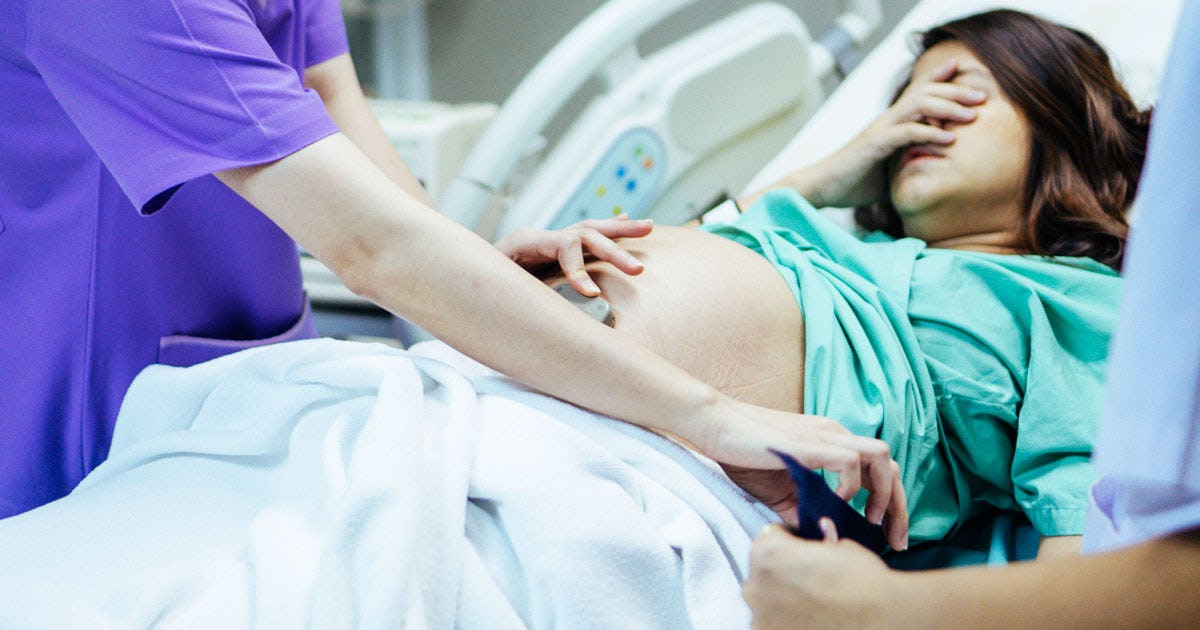 The problem: Eating a big meal, and sometimes even small snacks, isn't recommended. If you have to have a cesarean section, having food in your gastrointestinal tract could lead to complications.
The problem: Eating a big meal, and sometimes even small snacks, isn't recommended. If you have to have a cesarean section, having food in your gastrointestinal tract could lead to complications. - You may be incontinent. Some women struggle with incontinence, either urine or stool, during the immediate postpartum period. The process of labor can affect your ability to control your bladder and bowel. But in most cases, incontinence dissipates in about four to six weeks.
Related Topic: What You Didn't Expect While Expecting: Surprising Pregnancy Body Changes
A Safe And Healthy Delivery
Some birth experiences are surprisingly seamless while others can be very difficult. In either case, your childbirth experience does not define you as a parent. If it doesn't go like you planned, don't sweat it. Instead, celebrate that you did it, whether naturally or with a lot of medical assistance.
Women who have vaginal births are usually released earlier from the hospital than those who have a cesarean, but that doesn't mean recovery will be easy. Whether you birthed your baby naturally or surgically, you're likely to be sore for several days or even weeks. You might experience post-baby blues, postpartum depression or inexplicable anxiety about how you're going to take care of this little human.
Whether you birthed your baby naturally or surgically, you're likely to be sore for several days or even weeks. You might experience post-baby blues, postpartum depression or inexplicable anxiety about how you're going to take care of this little human.
"Don’t try to be superwoman," Amable advises. "Tell your health care provider what you're experiencing, sign up for a new moms' support group and allow your loved ones to help out where they can."
To find a doctor or certified nurse midwife at Henry Ford, visit henryford.com or call 1-800-HENRYFORD (436-7936).
Want more advice from our wellness experts? Subscribe today to receive weekly emails of our latest tips.
Elikem Amable is a certified nurse midwife. She sees patients at Henry Ford Medical Center - Detroit Northwest and Henry Ford Medical Center - New Center One in Detroit.
Categories: FeelWell
Tags: Pregnancy, Midwifery, Elikem Amable
The Silver Lining of Vomiting During Labor
Vomiting during labor sounds pretty awful. I mean, it’s kinda like getting kicked when you’re already down. No mother is excited to hear that throwing up during childbirth can be pretty normal.
I mean, it’s kinda like getting kicked when you’re already down. No mother is excited to hear that throwing up during childbirth can be pretty normal.
But wait, there’s more! Your Pollyanna childbirth educator (that’s me!) is here to save the day with some good news. Did you know that there’s a silver lining to vomiting during labor? Throwing up in labor is not all bad and there’s actually some good news attached to it!
Before we get to the good stuff, I did want to share with you that what I’m writing about in this post is purely anecdotal and based on my experience of assisting women in labor. Take from this article what’s helpful, and leave the rest.
Also, just as an FYI, a small minority of women throw up throughout their entire birth experience, which, as you can imagine, is an extremely difficult labor. This post isn’t written for them necessarily, and they would probably get more out of my article How to Stop Throwing Up During Labor.
Why Do Women Vomit in Labor?
- Vomiting during labor can be caused by the pain of contractions and as a response to the hormonal shifts that happen as contractions become longer, stronger, and closer together.

- Vomiting can also be caused by dehydration, which ironically, vomiting makes worse.
- During one of my births I asked for a cervical exam and then for my midwife to break my water. The sensation of those procedures and being flat on my back is what I think made me throw up. It was a yucky experience!
The Silver Lining of Vomiting During Labor
Nobody wants to throw up and we’ll do just about anything to make it stop, amiright? Most of us resist the involuntary urge to purge. It’s such a yucky experience!
But what if I told you there’s a few good things that can come from vomiting during labor?
1) Feel Better After
First of all, many women find relief and actually feel better once they throw up and get rid of whatever the body is wanting out. If you feel like you’re going to throw up and are holding back but it’s getting too intense, you may find relief by giving in and letting your body throw up. Tell yourself that “I’ll probably feel better once I throw up”.
2) You’ve Made Progress!
Second, vomiting can be a sign of transition, which is the last part of the first stage of labor. Vomiting in labor may mean that you’re in transition and getting closer to pushing and the birth of your baby, which is the whole point of all these shenanigans.
If a laboring woman’s contractions are long, strong, and close together, she begins vomiting, and is showing other signs of labor progress, that’s a good sign she’s getting close to pushing. Tell her she’s making progress! “You’re getting so close, mama! You are doing it!”
3) Can Encourage Dilation
Finally, the silver lining to throwing up in labor that nobody talks about is that the downward force and pressure that comes with vomiting can actually help the cervix to dilate. Seriously!
Don’t believe me? Take a moment and pretend to vomit right where you are. Contract your abdomen and feel the downward pressure that even fake vomiting creates. Imagine that happening in labor, but with more force, and that’s how sometimes throwing up in labor can help your cervix to open.
Tips for Vomiting During Labor
If I’m with a woman in labor and she throws up I find it helpful to remind her of a few things:
- “Hey, you weren’t throwing up an hour ago! Your contractions have gotten more intense as well, right? Well these things may be a sign that you’re getting closer to pushing. You’re doing a great job! You’re doing it!”
- “Hey, sometimes throwing up can help the cervix to open up even more. It’s not all bad!”
Also, when a woman in labor feels like throwing up or has thrown up I find it helpful to have these things on hand:
- Lemon essential oil to sniff right out of the bottle
- Disposable vomit bag (these things are amazing!)
- A cold, wet washcloth or two to clean and cool her face/neck
- Toothbrush and toothpaste to get rid of that yucky taste
- An ice cold glass of water
7 things about childbirth that are not customary to say out loud may vomit. And it will be ok. Nothing extraordinary, no pathology.
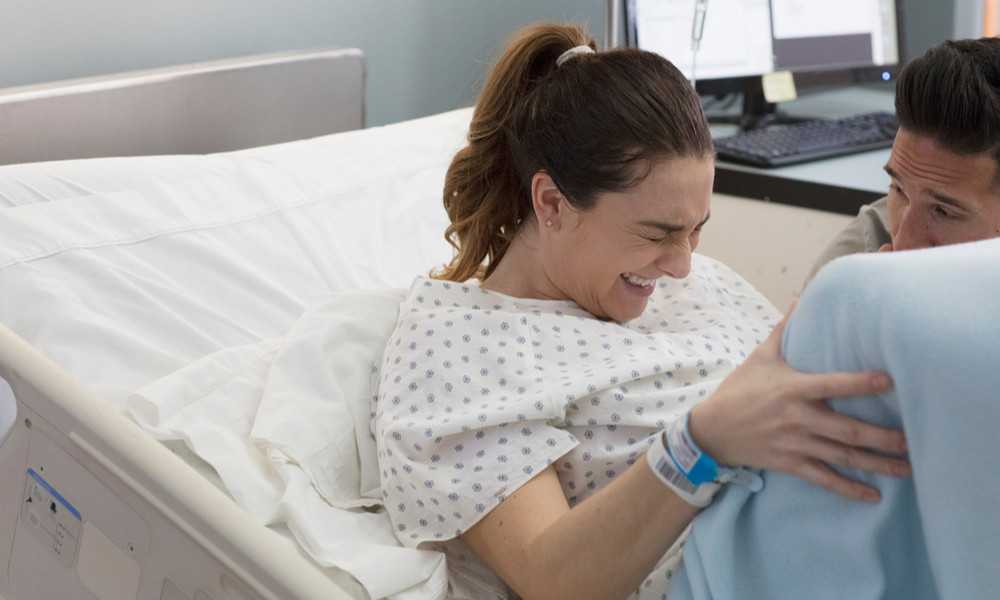 Just nausea and vomiting. Many people learn about it only when they are in the maternity hospital. There are several causes of nausea .
Just nausea and vomiting. Many people learn about it only when they are in the maternity hospital. There are several causes of nausea . -
First, it can be caused by epidural anesthesia. Because of the "epidural" you may experience a sudden drop in blood pressure - hypotension. It can lead to nausea and vomiting.
-
Secondly, vomiting and nausea can start because of the pain you are experiencing.
-
Thirdly, this condition can provoke too heavy lunch or dinner in the first stage of labor. For this reason, in order to minimize the likelihood of this kind of trouble, at the very beginning of the contractions, if there is a feeling of hunger, it is better to limit yourself to a light snack. When the active stage of childbirth begins, you can no longer eat, you can only drink, and only water is better.
2. You may start chattering
About half of women in labor usually complain of chills and chattering during childbirth. This does not happen because you are cold. In fact, body temperature during childbirth can even rise by 1-2 degrees, because of which a woman, on the contrary, should feel hot. The exact reason why a woman feels chills and her teeth chatter is unknown, but recent research indicates that maternal and fetal blood type incompatibility may be the cause.
This does not happen because you are cold. In fact, body temperature during childbirth can even rise by 1-2 degrees, because of which a woman, on the contrary, should feel hot. The exact reason why a woman feels chills and her teeth chatter is unknown, but recent research indicates that maternal and fetal blood type incompatibility may be the cause.
“During delivery, a small amount of fetal blood enters the mother's bloodstream,” says Henry Klapholz, MD, professor of obstetrics and gynecology at Harvard University Medical School in Boston. “Studies show that if there is a blood type incompatibility between mother and child, for example, the mother has type A blood and the child has type B blood, then the mother may feel chills and trembling.”
Cardiotocography (CTG) is recorded during labor to monitor the fetal heartbeat. For many giving birth, this procedure seems extremely inconvenient, because the sensors are placed on the uterus, which is already contracting painfully. However, CTG is necessary in order to notice fetal hypoxia in time, and to check the activity of contractions - if it is low, then the doctor will start stimulating labor.
However, CTG is necessary in order to notice fetal hypoxia in time, and to check the activity of contractions - if it is low, then the doctor will start stimulating labor.
3. Possibly defecation on the delivery bed
As the baby passes through the birth canal, air is expelled from the anus, so be prepared for gas to come out. The likelihood of such a scenario is increased with epidural anesthesia, which paralyzes the anal sphincter. Another unpleasant side effect of childbirth is defecation right on the delivery table or delivery bed.
"This is due to lack of space," says Arianna Scholes-Douglas, MD, head of the high-risk pregnancy group at the Mercy Medical Center in Baltimore. “When the baby’s head passes through the birth canal, it presses on the rectum, the latter is flattened and its contents are pushed out.”
Don't worry about this. Obstetricians who take birth for more than a day have seen all this more than once and treat it with understanding and calmness.
- Photo
- Jonathan Borba/Unsplash
4. You may not be aware of your actions
During childbirth, especially if it goes without anesthesia, you may suddenly find yourself screaming, crying, scolding your husband or a doctor. Obstetricians admit that some patients begin to behave completely unpredictably and do not control themselves.
Don't worry, it's just a reaction to pain and general fatigue. Hormones may also be to blame, as childbirth causes changes in estrogen and progesterone levels, which is akin to severe premenstrual syndrome.
If you lose control of yourself, don't be discouraged. Doctors and nurses are used to such reactions. But if you still want to maintain control over your actions and emotions, you need to seriously prepare. It is believed that women who attend childbirth preparation courses remain calm during childbirth more often than those who do not.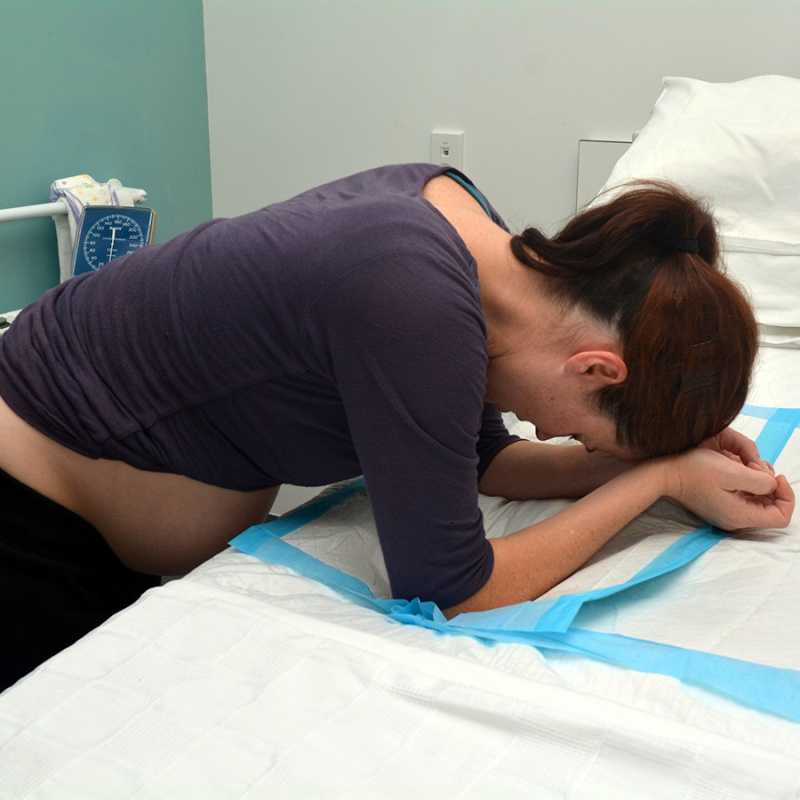
5. Your brain can “switch off”
In the heat of the moment, you can forget everything you learned in childbirth preparation courses. All breathing techniques and self-anaesthesia during childbirth can remain somewhere there, in the secret nooks and crannies of your brain, which flatly refuses to be your assistant now. It remains to rely only on nature and obstetricians. Perhaps, in such situations, partnership childbirth is a good option. Provided that the brain of your partner has not turned off even earlier at the sight of what is happening.
Many women after childbirth cannot remember a single detail of what happened.
6. Love at first sight may not be
Do not be upset if, when you hold a newborn for the first time, you do not experience great happiness. You have just gone through exhausting work, you need time to recover. Try breastfeeding your baby and then have a nurse take care of it to give you a chance to rest or sleep.
- Photo
- Sanjasy/Pixabay
7.
 Birth is hard for dads too
Birth is hard for dads too Birth can be hard for dads too. In fact, a monitor squeaking and now and then giving incomprehensible signals, a roller coaster of emotions, blood and the environment in general - not every man can withstand all this.
Doctors admit that sometimes they have to ask men to leave the premises. The sight of a wife in severe pain can upset her husband, which in turn makes the woman even more nervous.
If your husband is asked to leave the maternity unit, let him know what could be worse: “One father lost consciousness when his wife was giving birth,” says obstetrician Heinrich Klapholz. “The poor guy broke his leg in the fall and had to be hospitalized.”
Anna Aksenova, Svetlana Lyuboshits
How to behave in childbirth? Learning to give birth quickly and with problems
Childbirth is a natural process laid down by nature. The whole sequence of events that take place during this period is predetermined, but by your actions you can either speed up the birth of a baby, or complicate his birth.
Childbirth is the final and most important stage of pregnancy. How you behave and how accurately and skillfully you follow the instructions of the obstetrician depends on how you will feel and how quickly your baby will be born. What does a newborn need to know? Let's try to answer the most important questions.
1. When is it time to go to the maternity hospital?
Childbirth is a natural result of hormonal changes that occur in your body during the final stages of pregnancy. The sagging belly and heaviness in its lower part and the lumbar region speak of the imminent denouement of the story. Periodically, weak contractions occur, the stomach tenses and pulls down, but these sensations quickly pass, the uterus relaxes again and becomes soft. Such contractions are harbingers of childbirth, but they are far from real labor activity.
The signal to call an ambulance should be sufficiently strong contractions that are repeated at regular intervals, the appearance of mucous secretions from the genital tract, slightly stained with blood, or the outflow of amniotic fluid.
2. First stage of childbirth: we breathe for two!
From the moment the contractions become regular, the first stage of labor begins, during which the strength, frequency and duration of uterine spasms increases and the cervix opens.
During spastic contraction of the uterine muscle fibers, the blood vessels that carry arterial blood to the placenta and fetus are compressed. The fetus begins to experience a lack of oxygen, and this involuntarily makes you breathe deeper. The reflex increase in the rate of contractions of your heart will ensure the delivery of oxygen to the child. Nature has provided that these processes take place regardless of your consciousness, but you should not completely rely on it.
In the first stage of labor, during each contraction, you need to breathe calmly and deeply, trying not to hold your breath while inhaling. At the same time, the air should fill the upper sections of the lungs, as if raising the chest. You need to inhale through the nose, slowly and smoothly, exhale through the mouth, just as evenly.
You need to inhale through the nose, slowly and smoothly, exhale through the mouth, just as evenly.
3. Auto-training in the prenatal ward
To speed up the opening of the cervix, you need to walk more, but sitting is not recommended, while blood flow in the limbs is disturbed and venous blood stagnation occurs in the pelvis. From time to time it is useful to lie on your side, stroking your lower abdomen with both hands in the direction from the center to the sides, focusing on breathing and saying to yourself: "I am calm, I am in control of the situation, each contraction brings me closer to the birth of a baby."
4. To relieve pain
Acupressure of the lower back can help relieve pain. Find the outer corners of the sacral rhombus on your lower back and massage these points with clenched fists.
Monitor the frequency and duration of contractions and if they weaken or sharply increase, immediately inform your doctor. In case of severe pain, you can ask for an anesthetic, but you should remember that you should not take the medicine too often, this is fraught with narcotic depression of the newborn and a decrease in his adaptive abilities.
In case of severe pain, you can ask for an anesthetic, but you should remember that you should not take the medicine too often, this is fraught with narcotic depression of the newborn and a decrease in his adaptive abilities.
If dilatation of the cervix has caused reflex vomiting, rinse your mouth with water and then drink a few sips to replace fluid loss. Do not drink a lot, this can provoke a recurrence of vomiting.
5. The maternity ward is not a place for tantrums
They say that difficult childbirth is a person's retribution for walking upright. Childbirth is actually a painful process, but the presence of reason allows us, representatives of the genus Homo sapiens, to control our emotions. Screaming, crying, tantrums and swearing have no place in the maternity ward. This creates a tense environment, interferes with the normal course of childbirth, complicates diagnostic and therapeutic measures, and ultimately affects their outcome.
6. Second stage of labor - pushing and expulsion of the fetus
After the baby's head slips through the dilated cervix and finds itself on the bottom of the pelvis, the pushing period of labor begins. At this time, there is a desire to push, as it usually happens during a bowel movement, but at the same time many times stronger. At first, the attempts are controllable, they can be "breathed", but by the beginning of the third stage of labor, the expulsion of the fetus, they become unbearable.
With the onset of the straining period, you will be transferred to the delivery room. Having settled down on the delivery table, rest your feet on the special steps, firmly grasp the handrails and wait for the midwife's command.
While pushing, inhale deeply, close your mouth, clench your lips tightly, pull the handrails of the birthing table towards you and direct all the exhalation energy down, squeezing the fetus out of you.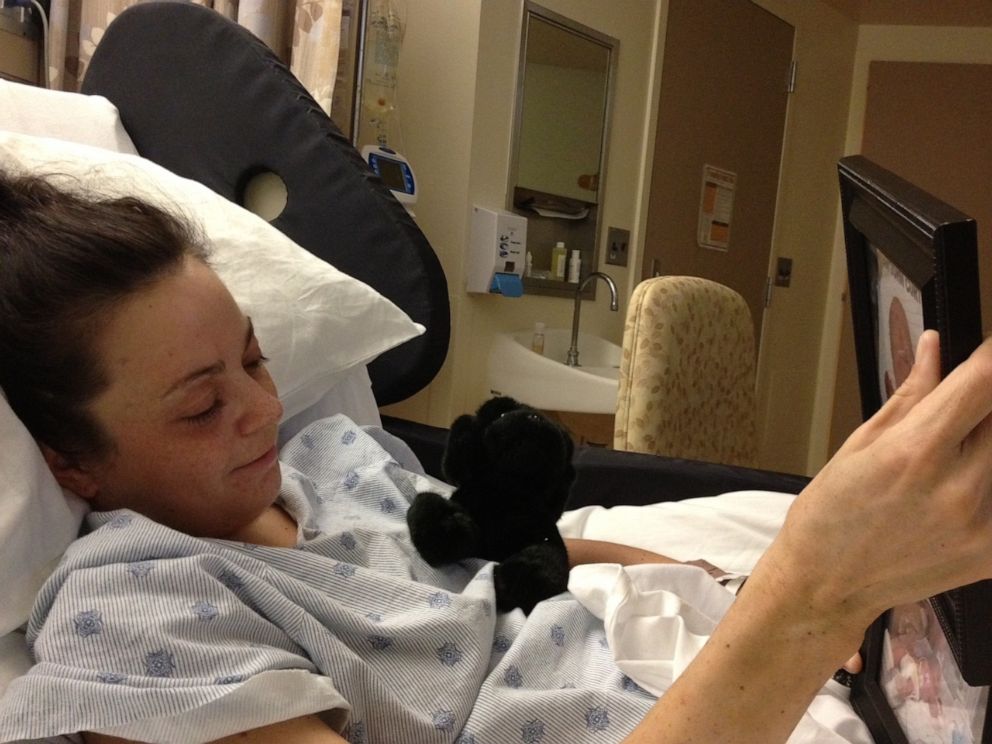 When the top of the baby appears from the genital slit, the midwife will ask you to ease your efforts. With gentle movements of her hands, she will first release the baby’s forehead, then his face and chin, after which she will ask you to push again. At the moment of the next attempt, the baby's shoulders and torso will be born. After the newborn is born, you can breathe freely and rest a little, but the birth is not over.
When the top of the baby appears from the genital slit, the midwife will ask you to ease your efforts. With gentle movements of her hands, she will first release the baby’s forehead, then his face and chin, after which she will ask you to push again. At the moment of the next attempt, the baby's shoulders and torso will be born. After the newborn is born, you can breathe freely and rest a little, but the birth is not over.
7. The third stage of labor and the final stage
The third stage of labor is the afterbirth period. At this time, weak contractions are observed, due to which the fetal membranes gradually exfoliate from the walls of the uterus.
About 10 minutes after your baby is born, your midwife will ask you to push again to deliver your afterbirth. The doctor will carefully examine it and make sure that all parts of the membranes have come out. After that, with the help of mirrors, he will examine the cervix and make sure that it is intact.


